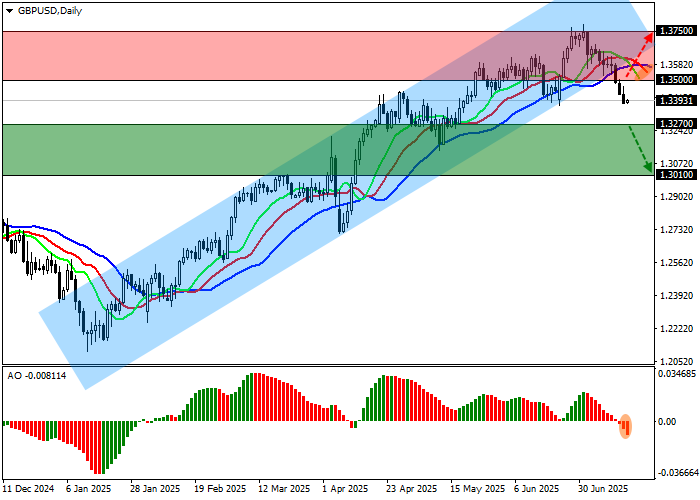U.S.-UK Trade Developments and Strategic Shifts
Following the conclusion of a bilateral trade agreement, the U.S. Treasury is set to receive an additional $6B from new White House-imposed import tariffs and another $5B from enhanced export opportunities for American ranchers, farmers, and manufacturers. These developments have shifted investor focus toward UK defense procurement, particularly after the June summit agreement: the U.S. will continue to supply NATO with weaponry, with the alliance reimbursing full costs. Should this deal falter, the return of steep export tariffs on British goods remains a risk.
Meanwhile, attention has turned to the Bank of England’s (BoE) latest announcement. On Tuesday, the BoE revealed it will raise the minimum aggregate asset threshold to £25–40B starting January 2026, a move designed to enhance its ability to respond to shifting financial conditions.
UK Inflation and Central Bank Strategy
Recent UK inflation data largely met expectations, with the headline consumer price index at 3.6% in June—up from the previous month—and the core rate at 3.7%, maintaining the anticipated pace of growth. The subdued market reaction reflects the alignment with analyst forecasts and the BoE’s measured approach to policy adjustments.
U.S. Dollar Rally and Fed Rate Outlook
The U.S. dollar index (USDX) is holding steady at 98.20, buoyed by changing expectations around Federal Reserve rate cuts. Fed Chair Jerome Powell’s remarks about tariffs’ inflationary effects are being validated, as June CPI rose from 2.4% to 2.7%—matching February highs. This uptick has led to a recalibration of monetary policy bets: CME’s FedWatch Tool now places the probability of a September rate adjustment at 52.5%, down from 60% a week ago.
Technical Analysis: Downward Correction Continues
On the daily chart, GBP/USD is moving below the ascending channel support (dynamic boundaries: 1.3950–1.3500), signaling a further bearish correction. Technical indicators confirm a sell bias: fast EMAs on the Alligator indicator have slipped below the signal line, while the AO histogram is forming corrective bars in negative territory.

Key Resistance Levels
- 1.3500
- 1.3750
Key Support Levels
- 1.3270
- 1.3010
Trading Strategies for the Week
- Sell Scenario: Open short positions after a confirmed break below 1.3270, targeting 1.3010. Place a stop-loss at 1.3370. Recommended holding period: at least 7 days.
- Buy Scenario: Open long positions on a rally and consolidation above 1.3500, with a target at 1.3750 and stop-loss at 1.3400.
Conclusion: Policy Shifts and Dollar Strength Define GBP/USD Outlook
The GBP USD pair remains pressured as U.S. monetary policy uncertainty and UK central bank changes dominate the narrative. Further moves will hinge on upcoming macroeconomic releases, BoE commentary, and the ongoing interplay between UK fiscal measures and U.S. trade policy.

